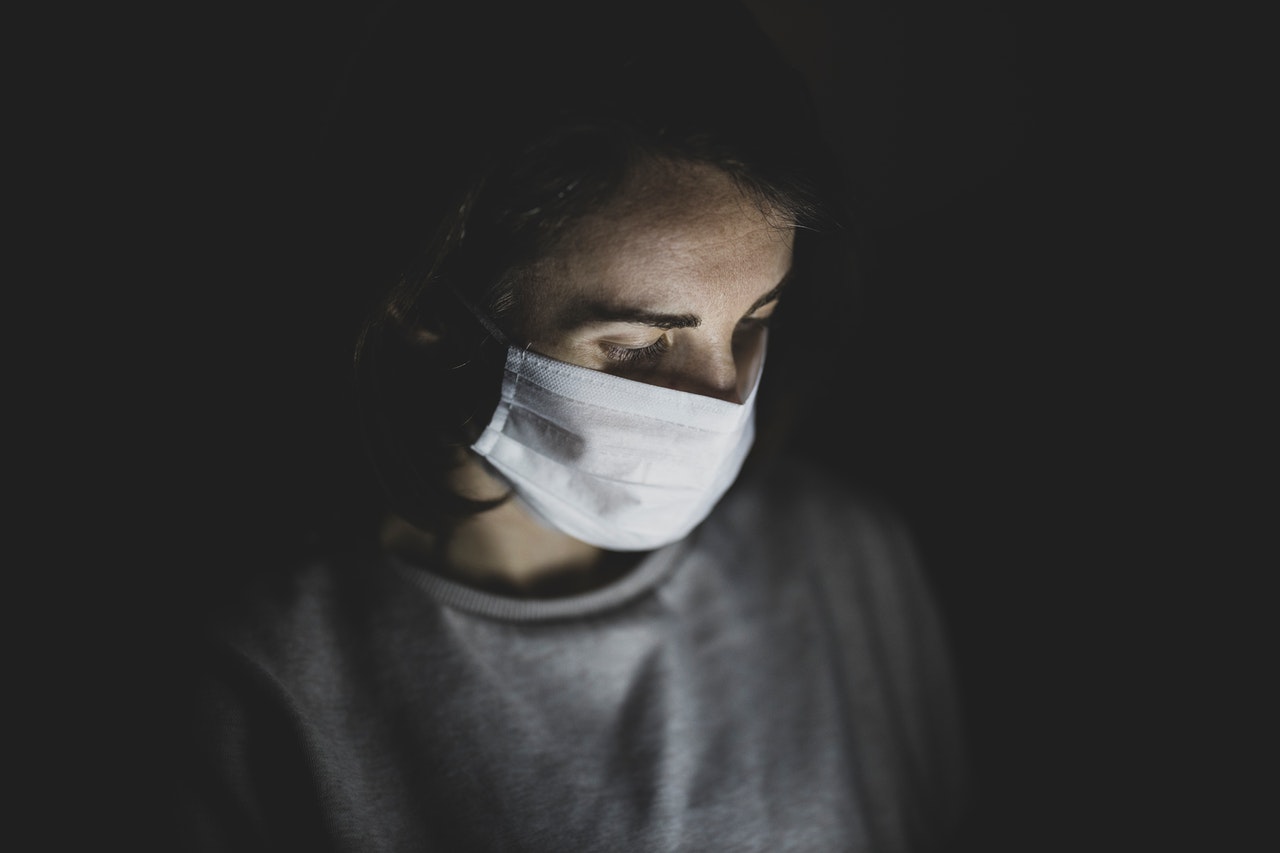
Many Canadians have wrestled with mental health issues during the COVID-19 outbreak. Research by Mental Health Research Canada found that the percentage of people experiencing high to extremely high anxiety quadrupled from what they reported prior to the pandemic. Follow-up surveys conducted in the summer and fall of 2020 suggest that these high levels have continued.
Despite an increase in mental health problems and experts warning of an “echo pandemic,” another problem afflicts Canadians and contributes to an increase in case counts: caution fatigue. The longer the pandemic has gone on, the more Canadians struggle to adhere to the guidelines and conform to local, provincial and federal restrictions.
As a clinical psychologist whose research focuses on cognitive behavioural therapy, I’m very interested in the psychological reasons why people might experience caution fatigue, as well as ways to overcome this problem.
What is caution fatigue?
Anxiety is a normal response to the pandemic. When anxious, the human body kicks in a response that is highly adaptive in the face of a threat: the person becomes vigilant and experiences physical symptoms (called the fight or flight response) that prepare them to immediately deal with the threat by facing the fear head on (fight) or getting the heck out of there (flight).
Early in the pandemic, many people were extremely concerned. They didn’t know what COVID-19 was, how bad things would get and how to best deal with this issue. They received information from the Public Health Agency of Canada and local health authorities about how to manage this virus and stay safe; they took necessary precautions.
As time passed many people experienced caution fatigue — feeling less motivated or inclined to follow expert advice about COVID-19 and growing more tired of physical distancing, maintaining good hand hygiene, following the arrows at local grocery stores and wearing masks. As good as the advice was to “stay the blazes home,” people wanted to get out and see friends and family.
Why do people experience caution fatigue?
Compelling research evidence suggests that the more people face their fears, the less anxiety they have. This is a great strategy for trying to overcome trepidation over public speaking or a fear of dogs. Cognitive behavioural therapy demonstrates that systematically facing fears improves anxiety — people habituate and acquire new evidence, recognizing that just because they feel anxious doesn’t mean something bad will happen.
The effectiveness of exposure or facing fears is, however, a double-edged sword when it comes to COVID-19. During the pandemic, many people became habituated to news about the pandemic. Some became desensitized and started letting their guard down: getting together with more people, expanding their bubbles, neglecting to wear masks regularly, distancing less cautiously.
I think about when I visited Walmart at the beginning of the pandemic — people were maintaining distance and following the arrows; after a while, people were being less careful and not paying attention to the very things that were keeping them safe. When the pandemic first broke, the numbers weren’t nearly as staggering as they are currently, yet most people feel less anxious now than they did at the beginning of the pandemic.
A second reason that people may be experiencing caution fatigue is because they can only remain vigilant for so long before they start to become exhausted. In addition, people are social beings, wired to be loved, to love and to belong. It is no wonder that people are finding physical distancing so difficult.
Preventing caution fatigue
- Keep anxiety levels in check. Using evidence-based thinking means letting facts rather than feelings impact thoughts and behaviour. This can go both ways. It is easy to think that the sky is falling. Remember probabilities and don’t be consumed by anxiety. Conversely, don’t be nonchalant. As the pandemic continues, it is easy for people to feel as though COVID-19 won’t affect them directly. See the risk for what it really is.
- Act beyond the individual. Everyone needs to think beyond themselves and recognize that an individual’s actions significantly affect those around them — especially those who are elderly or vulnerable — and maintain an attitude of social responsibility and altruism.
- Better manage stress. The better people are able to manage stress in their own lives, the more energy they will have to fight against caution fatigue. One way to do this is to see the light at the end of the tunnel. It is important to remember that this is a temporary normal; it is not the new normal. Things that can boost mental health include practising self-compassion, keeping active, maintaining a routine, keeping socially connected, putting things into perspective and attending to good sleep hygiene, diet and exercise.
Now is not the time to let our guard down. For the good of everyone’s health and the well-being of the country, everyone needs to do their part to maintain an appropriate level of caution and re-flatten the curve.![]()
David J. A. Dozois, Professor of Clinical Psychology, Western University
This article is republished from The Conversation under a Creative Commons license. Read the original article.